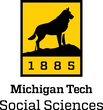|
The Keweenaw Time Traveler team uncovered over 50 student record books in the CLK High School in 2018. Since then a sample of the records have been scanned, transcribed, and mapped. In order to map these student records, we utilized the Keweenaw Time Traveler’s historical geocoder (a tool used for rapidly mapping archival information). This linked the school records to specific locations of the homes and schools the children lived in and attended. To learn more about this mapping process, see the video below or visit our YouTube channel. These records are especially valuable as they contain student information such as names, ages, grades, addresses, attendance records, and vaccination records. There are also notes recording when a student left the school, if applicable. Not only does this information tell us a lot about the children, but it can also be used to connect the children to other records in the Keweenaw Time Traveler through addresses and family members. This allows us to follow a person’s story through space and time.
We have also recently been invited to work on a book chapter concerning historical children’s mobility and migration. Historians and geographers have been studying adults and their home and work places for decades, but the daily activity spaces of children have received much less attention. This remains an area of fascination for researchers at the Keweenaw Time Traveler and we are using these school records to examine children's journey to school. Currently, we are analyzing the data and looking for relationships between student absences and vaccine rates, children's exposures to industrial pollutants, and to uncover the daily patterns of children's journeys to school. To see more about this project see the video below or visit our YouTube channel. Now it’s your turn! Use the StoryMap to explore school children and their classes or visit the Keweenaw Time Traveler Explore App to find more family connections. Let us know what you find!
This StoryMap showcases some of the early work of this project and we are working to make these records available on the Explore App in the next year.
1 Comment
Last week, Time Traveler team member Dan Trepal presented a paper at the Society for Historical Archaeology 2020 Conference on Historical and Underwater Archaeology in Boston. Dan’s presentation showcased the ways that the Keweenaw Time Traveler serves as a great tool for public archaeology. The Keweenaw Time Traveler helps archaeologists to engage with the public by focusing on sites or even specific artifacts, while using the Time Traveler apps to provide a broader historical context – or perhaps connecting their research to specific people who lived in the Copper Country in the past. Conferences such as this are a great place for the Time Traveler team to share their findings and compare notes with other researchers who use similar methods or study similar themes and subjects. And, of course, to spread the word about the Keweenaw Time Traveler!
We are excited to announce that the Keweenaw Time Traveler has been awarded a Digitizing Hidden Collections grant from the Council on Library and Information Resources (CLIR). This project, called Michigan Miners at Home and Work: Digitizing, Mapping, and Sharing Employee Records, will support 6 Undergraduate students, 1 Master’s student, and 1 Archivist over 2 years. These new team members will help make a rare collection of 40,000 employee records from the Calumet & Hecla Mining Company available for both academic and public use. Through partnerships between the Michigan Technological University Archives, Michigan Tech Social Sciences Department, and the Historical Environments Spatial Analytics Lab, this project will digitize and map an archival collection that provides insights into the lives of mine company workers and their families unavailable in other public records, including details like the types of jobs they worked, wages, previous employers, as well as injury and death records. The Time Traveler team will be working to link these employee records through space and time by integrating them into the Keweenaw Time Traveler. These employee records contain addresses and family information that will help the student team to connect them at the household level with census and city directory records already in the Keweenaw Time Traveler. Once completed, users will be able to learn even more about how where miners lived and worked effected their life experiences. Digital images of the fully scanned employee cards will also be shared in the new Copper Mining Employee Card database on the MTU Archives’ Preservica-based platform much like the Copper Country Historical Images. We anticipate these new resources to be available to the public in early 2022. Look for updates in this blog as the project moves forward! Public programming will include a few “Night at the Archives” programs, when you will be invited to come in after hours to learn more about the data extraction process and see the employee cards in person. You can even transcribe some of the hand-written cards yourself! Our Facebook and Twitter accounts will also keep you up-to-date. Check out WJMN to see more.
Principle investigators for this $240,014 grant are Sarah Fayen Scarlett (SS), Don Lafreniere (SS), and Lindsay Hiltunen (University Archivist). The CLIR grant program and its 2019 awards are made possible by funding from the Andrew W. Mellon Foundation. CLIR is an independent, nonprofit organization that forges strategies to enhance research, teaching, and learning environments in collaboration with libraries, cultural institutions, and communities of higher learning. To learn more, visit www.clir.org and follow them on Facebook and Twitter. |
|
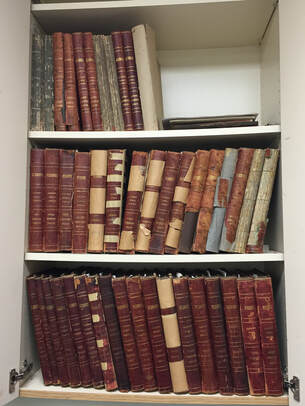
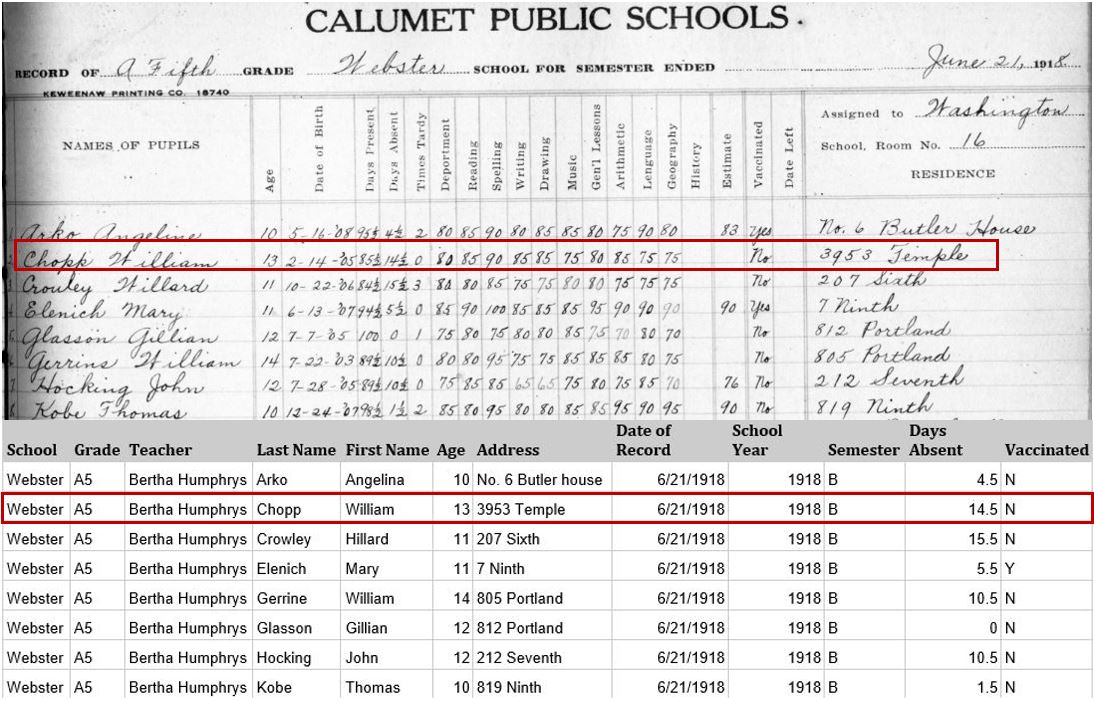
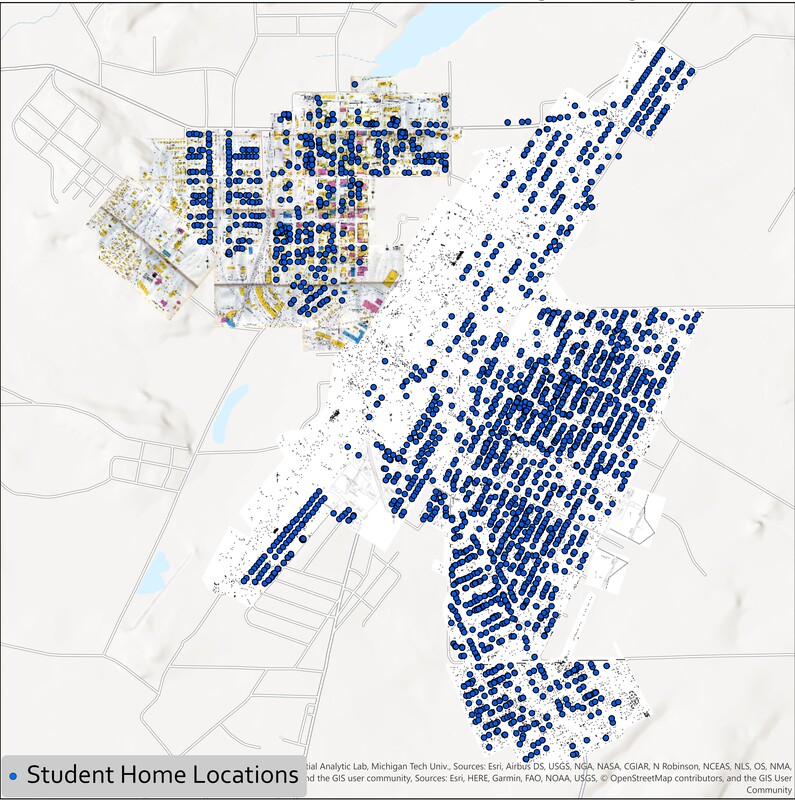
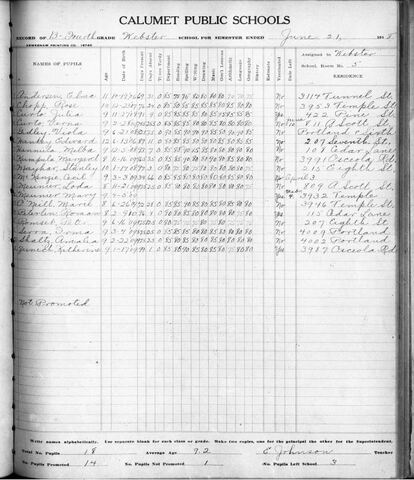
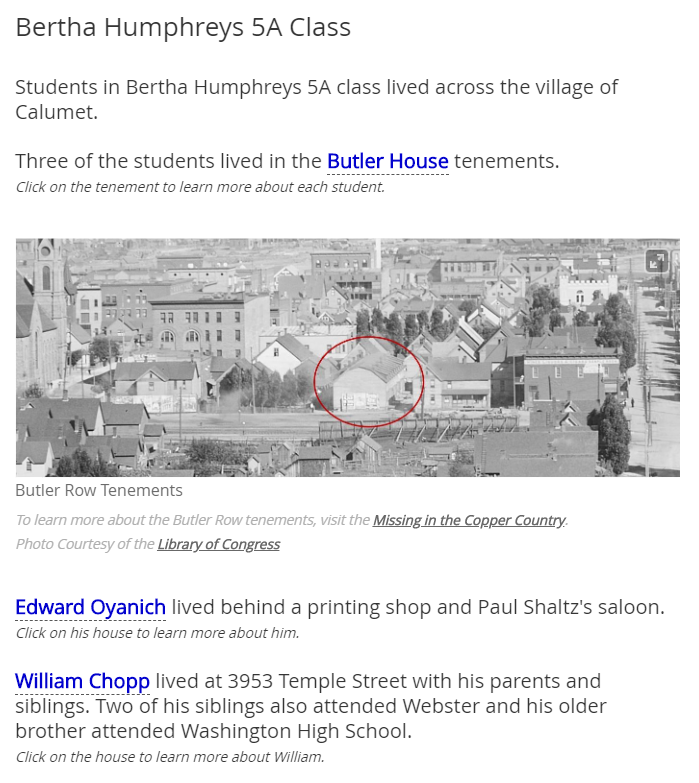
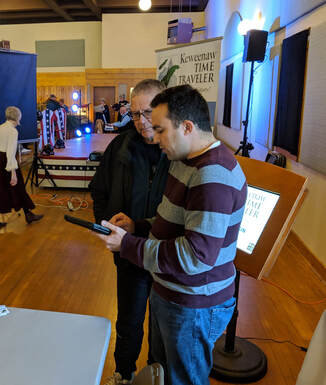

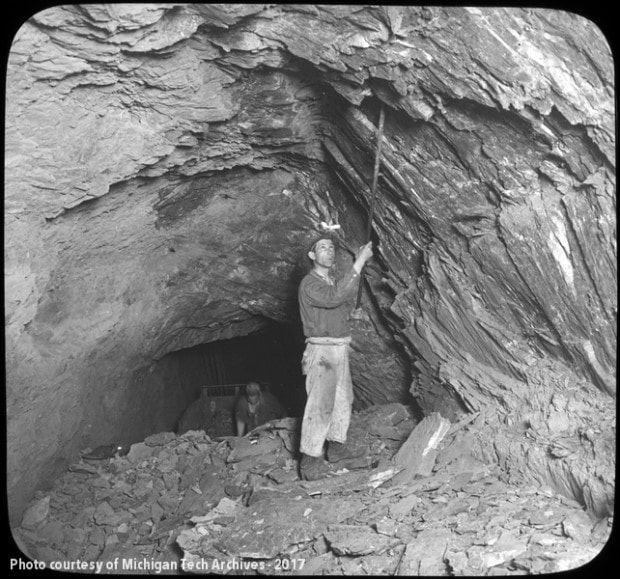
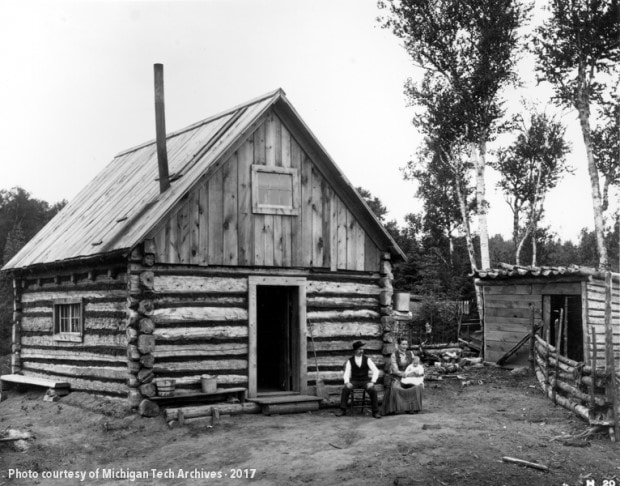
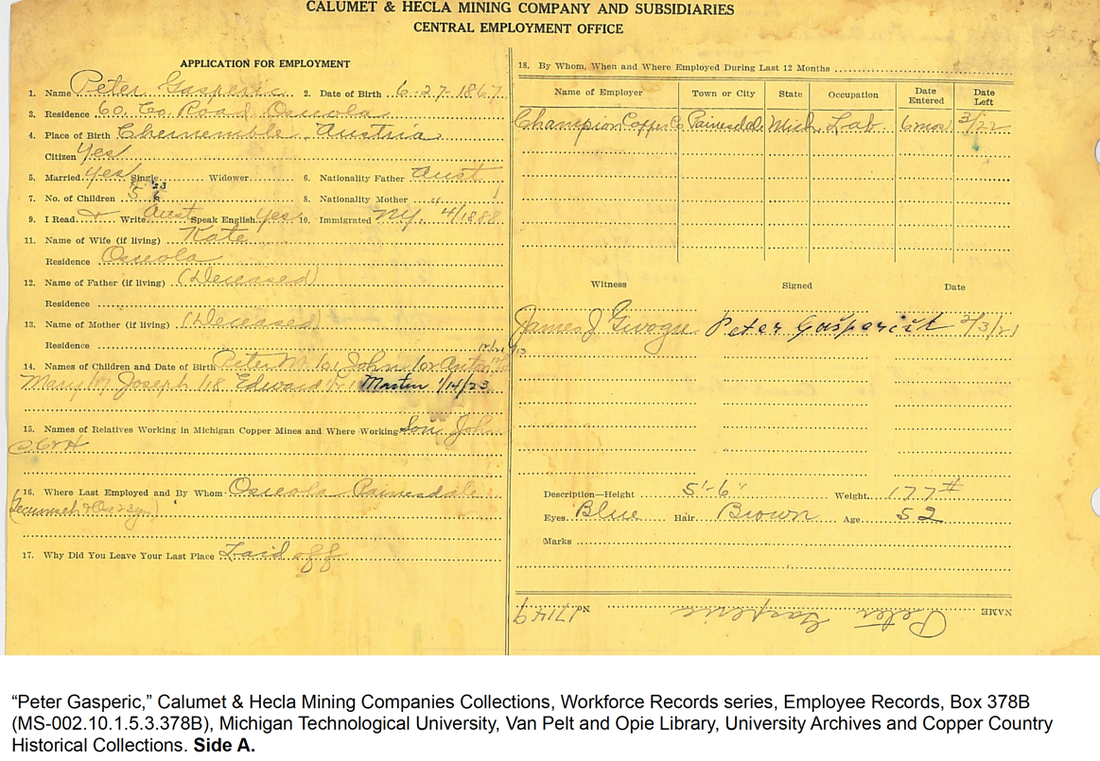
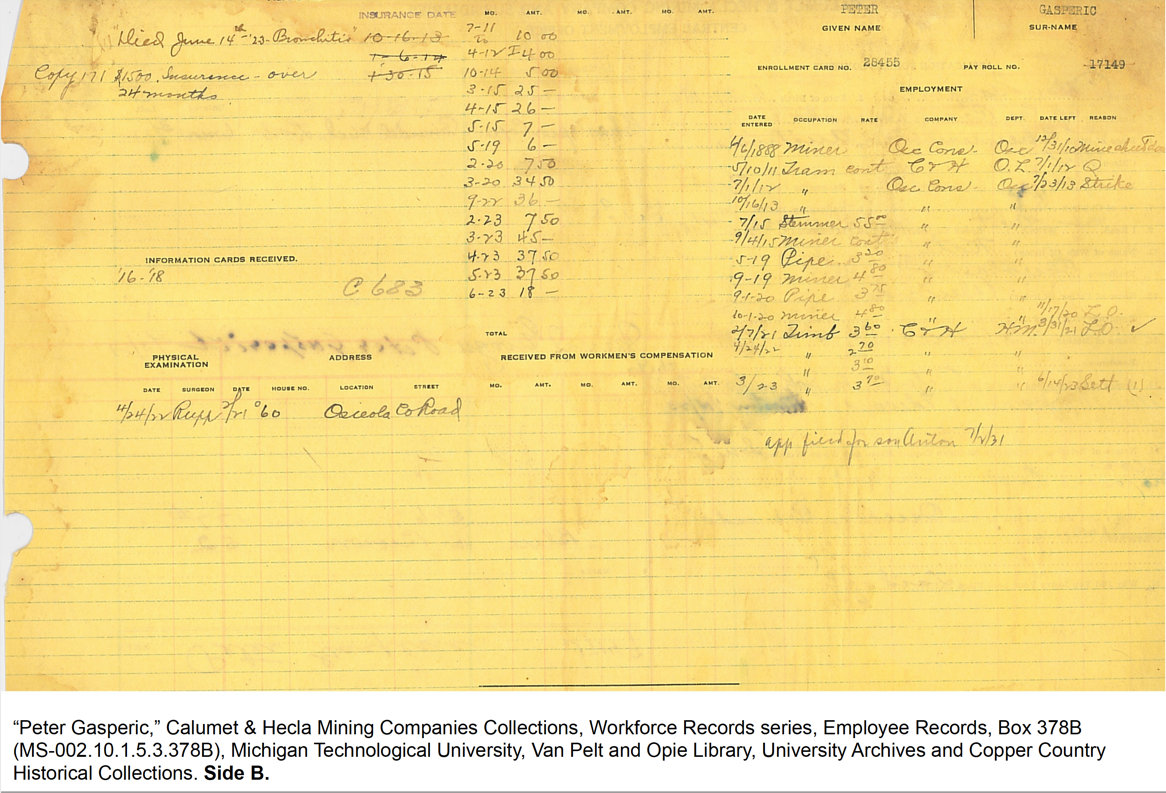
 RSS Feed
RSS Feed



